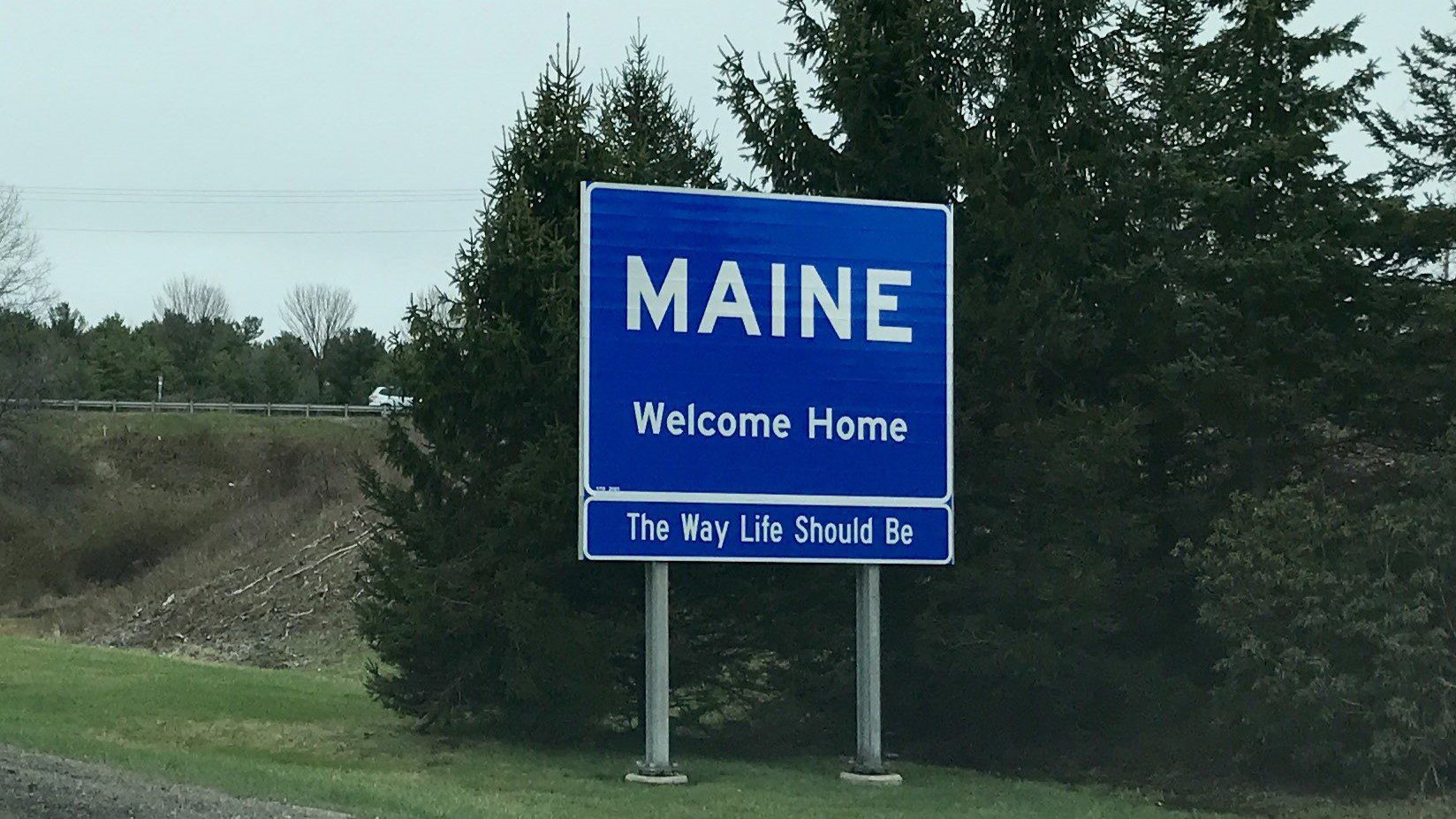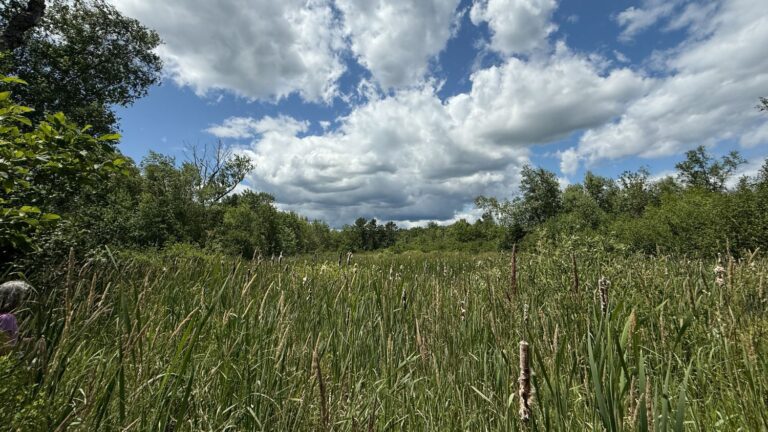A new tool shows in granular detail the ways in which neighborhoods across Maine and the U.S. are vulnerable to climate change — not just in terms of impacts from increasing extreme weather and rising seas, but in their public health, the condition of their infrastructure and other socioeconomic factors that can make or break a community’s ability to survive and thrive through a crisis.
The U.S. Climate Vulnerability Index (CVI), released this week, is based on peer-reviewed research by Texas A&M University and the Environmental Defense Fund (EDF). It maps out public data on 184 metrics that show “environmental, social, economic, and infrastructure effects on neighborhood-level stability.”
With historic levels of federal funding on the table for local climate resilience, the researchers behind the tool say it could help ensure fair and just investments, particularly in communities harmed by pollution or inequality.
“To drive climate action and effective solutions, the CVI visualizes the cumulative impacts many communities are experiencing from decades of inequitable development and systemic disinvestment,” writes EDF.
You can explore the map yourself or plug in your address. The metrics it analyzes are divided into two broad and interesting categories:
• Community baseline: “The long-standing inequities shaping resilience to climate impacts,” including factors around health and health care, housing, poverty, pollution, land use, infrastructure and transportation.
• Climate impacts: “How a community is vulnerable to environmental and economic disruptions,” including its risk of more extreme temperatures and storms, and ways those things can impact health and the economy.
This suggests that communities face risks from their pasts and present — the status quo — as well as a hotter future. Both are important, since some effects from climate change are inescapable no matter where you live.
But this framing reminds us that even places at great risk from extreme weather might be better able to endure and bounce back from a disaster if, for example, their water and energy infrastructure, healthcare systems and housing are all shored up.
The map shows that all of Maine — along with much of the Northeast, Appalachia, coastal Southeast and Gulf Coast, and nearly all of the Western U.S. — is at great risk from worsening storms and extreme rainfall. And within the state, certain communities are highlighted as having compounding challenges from higher poverty rates, more crime or public health issues.
Climate change will only add stress to these “baseline” problems, by bringing both worsening weather and, potentially in Maine, population growth — for which communities and their infrastructure may not be prepared.
We don’t know exactly what climate migration will look like here, as my Climate Monitor co-author Kate Cough has also written about in this newsletter before.
Likewise, it’s almost impossible — and arguably beside the point — to try to disentangle the reasons that people choose or are forced to move, which hinge on factors like policy and privilege as much as weather conditions.
But we do know Maine’s population is on the rise, primarily from domestic migrants as well as some international arrivals. So the question becomes: Why should we wait to see what climate change brings, in terms of both migration and disasters, before we work to make our communities more equitable and resilient?
I reported on this for NPR and the New Hampshire Public Radio podcast Outside/In in 2021.
Anna Marandi, then a senior climate specialist with the National League of Cities, said at the time: “An increase in traffic, people getting evicted, a lack of hospital beds because there’s more people – these are the kinds of things that create tension. When the systems aren’t set up properly in advance to hold more people, then the existing population can get resentful.”
Panelists at a recent discussion on climate migration in Maine, put on by Maine Climate Action Now and the Maine Immigrants’ Rights Coalition, dug into this idea of creating resilience for both current and future residents.
“We might have less harm come to us than other places, and we may want to share that protection with other people,” said Kristina Egan, who leads the Greater Portland Council of Governments. “It could be a great thing to have more people — we know we have a lot of jobs that need to be filled, we know that we need more diversity… But we do know that we are not prepared. Even just the small numbers of people that have arrived during the pandemic and with new asylum-seekers kind of tipped us over into a housing crisis.”
Egan suggested that Maine should prepare to share its protection and privilege as a relatively “climate-safe” place, and that the state could become a true “climate haven” if it builds more affordable housing with better access to public transit, jobs and social services.
Just this week, the state released a study showing a daunting need for new housing. I also wrote about this nexus of the state’s climate and housing crises for Energy News Network as part of my Hooked on Heating Oil series.
“Maine is a great home, and it can be a home for more people. It should be a place where we’re welcoming the people that can help build our future,” Egan said. “We need some changes to our infrastructure… but we also need some changes to our mindset so that we in Maine can really open our arms to this great possibility.”
Doing so could be a key way to balance the global climate scales. Crystal Cron is founder and executive director of Portland-based Presente! Maine, which says on its website that it works “to empower displaced indigenous and afro-Latinx peoples of Maine.” Cron framed the welcoming of highly vulnerable migrants from places like Central America as a form of restorative justice.
These migrants, Cron said, contribute very little to global emissions. Yet, she said, they are displaced by both climate impacts driven by higher-emitting countries like the U.S., and by harmful U.S. economic and foreign policies more broadly.
“It’s our duty and it’s our obligation to respond,” Cron said. “It’s not a kindness and it’s not being generous — it’s something that we must do.”







